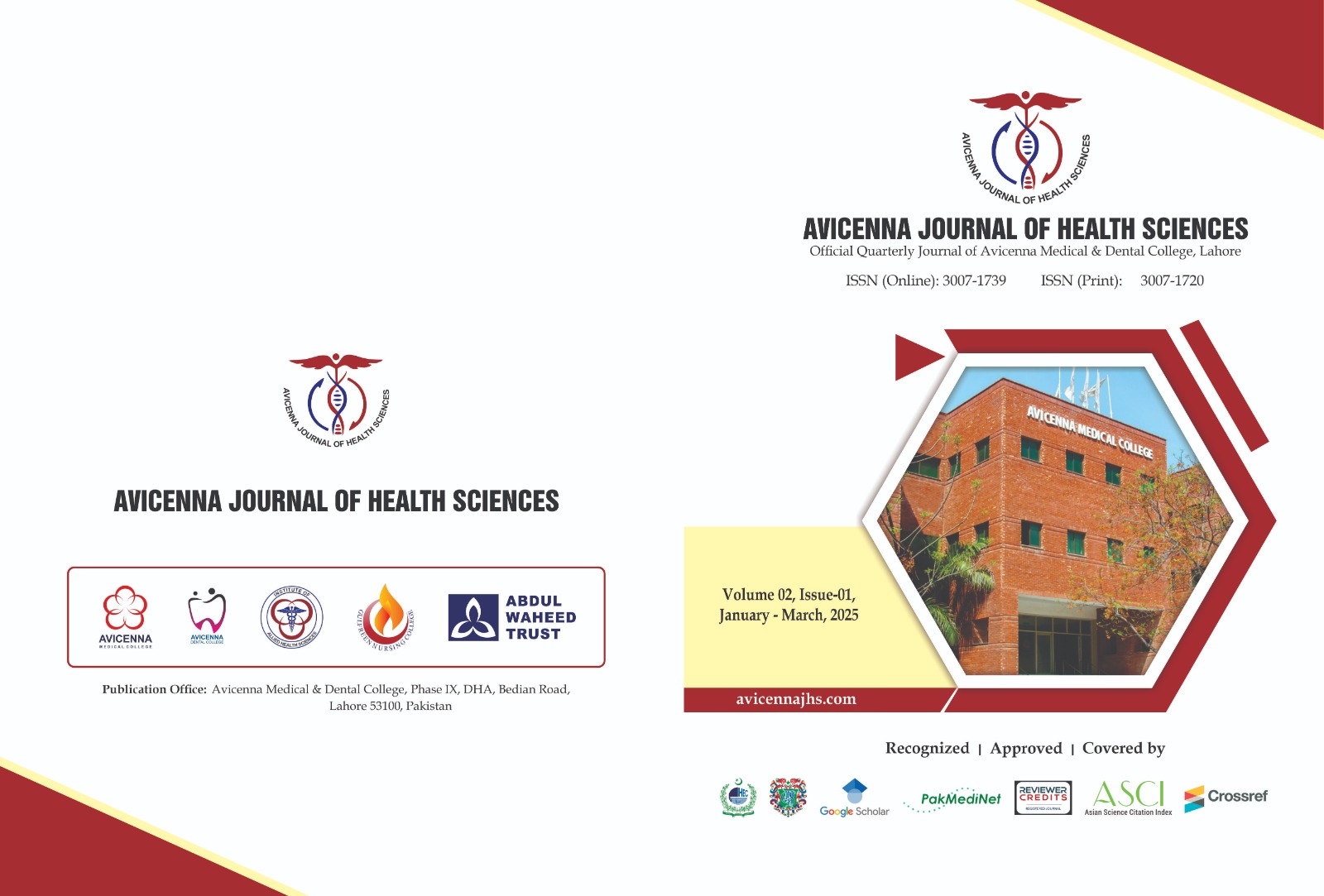Polio Eradication Failure in Pakistan: The Unfinished Battle
Keywords:
Polio Eradication, Pakistan, Unfinished BattleAbstract
Poliomyelitis, commonly known as polio, has haunted humanity for millions of years. Stone carvings from ancient Egypt showed people with weakened limbs, a classical sign of polio.
Yet the disease only became rampant during the twentieth century, when repeated outbreaks left children across several countries of the world paralyzed or dead 1. Those who lived through it often carried deformities of arms and legs, needing crutches or wheelchairs for the rest of their days.
Global Polio Eradication Efforts
Hope arrived in 1955 when Dr. Jonas Salk rolled out the first inactivated polio vaccine (IPV). A decade later, Dr. Albert Sabin developed an oral polio vaccine (OPV) that was easy to administer. Together, these vaccines turned the once incurable illness into a preventable condition. Inspired by the progress, health officials launched the Global Polio Eradication Initiative (GPEI) in 1988, aiming for the total eradication of the disease. Since then, more than 2.5 billion children have received polio vaccinations, and reported disease-positive cases have declined by over 99%. The Americas, Western Pacific, and Africa have been certified polio-free, marking historic milestones in global health 2.
Polio Challenges: A Threat That Transcends Borders
As a result of the tireless efforts under the Global Polio Eradication Initiative (GPEI), most countries have bid farewell to polio. Yet the virus still slips through only two places – Pakistan and Afghanistan, where it quietly spins out of control. A tangled mix of political complexities, poor logistics, and local beliefs continues to pose hurdles for the campaign in many parts of Pakistan. As a result, both the wild poliovirus (WPV1) and a vaccine-derived version (cVDPV2) persist in the population, threatening not only the people there but also the rest of the world.
Downloads
Published
How to Cite
Issue
Section
License
Copyright (c) 2025 Avicenna Journal of Health Sciences

This work is licensed under a Creative Commons Attribution 4.0 International License.







